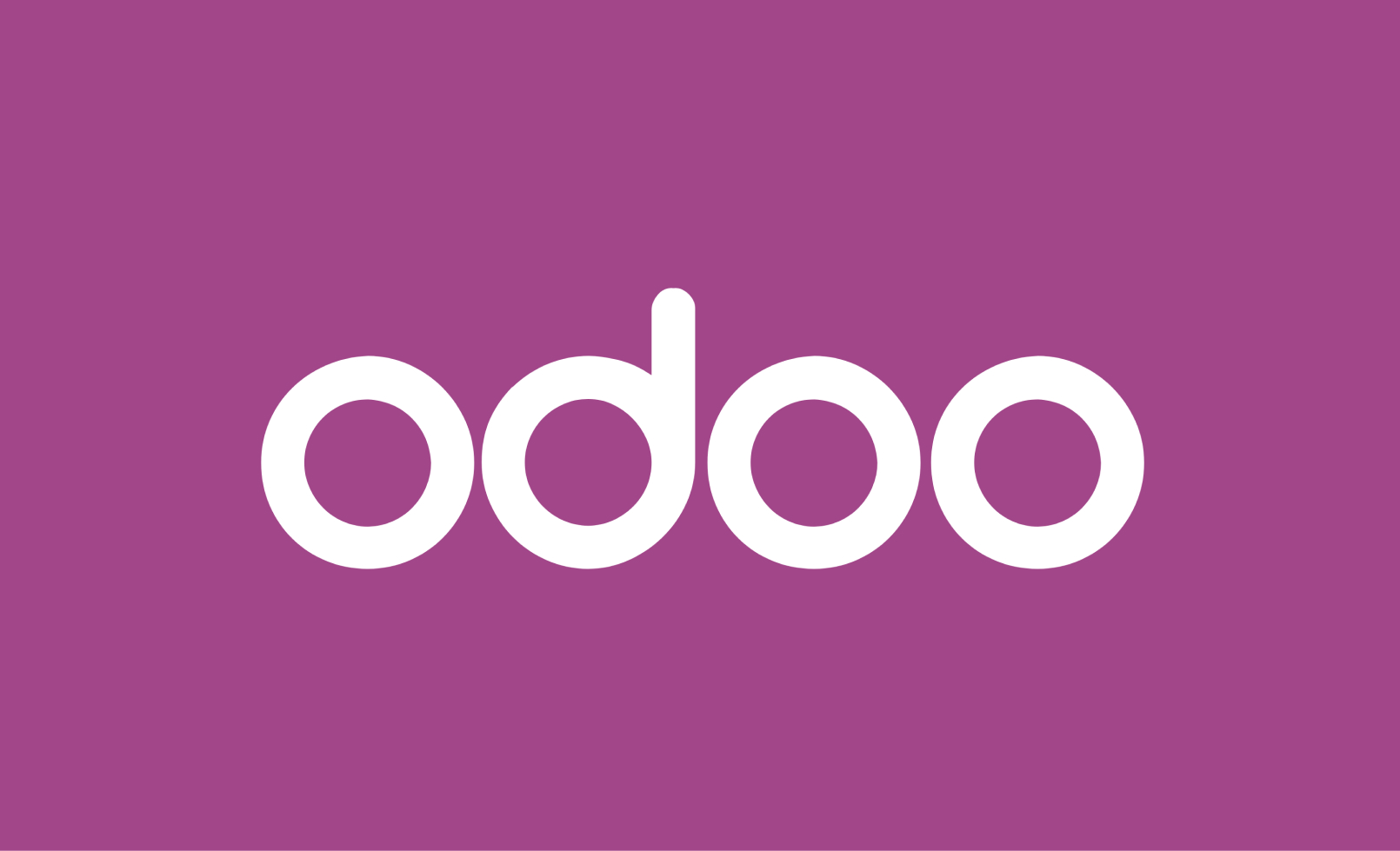
Introduction:
As the cornerstone of modern web development, jQuery plays a pivotal role in creating dynamic and interactive user interfaces. Whether you’re a seasoned developer or gearing up for an interview, understanding the core concepts of jQuery is essential. In this blog post, we’ll explore the top 20 most asked jQuery interview questions, shedding light on the key knowledge areas that interviewers often probe.
jQuery is a fast and lightweight JavaScript library designed to simplify HTML document traversal and manipulation. It simplifies tasks that can be complex and tedious in plain JavaScript.
You can include jQuery in a web page by either downloading it and hosting it locally or using a CDN (Content Delivery Network) link in the HTML file.
‘$’ is an alias for the ‘jQuery’ function, while ‘$$’ is not a shorthand for anything in jQuery. Developers often use ‘$’ as a convenient and concise way to reference the jQuery
The ‘document.ready’ function is used to ensure that the DOM (Document Object Model) is fully loaded before executing any jQuery code. It helps prevent issues with accessing elements that haven’t been rendered yet.
Event delegation involves attaching a single event listener to a common ancestor rather than attaching multiple listeners to individual elements. This is especially useful when working with dynamically generated content.
‘find()’ is used to search for descendant elements that match the specified selector, while ‘filter()’ is used to narrow down the set of matched elements based on a certain criteria.
AJAX (Asynchronous JavaScript and XML) in jQuery allows for asynchronous communication with the server, enabling the updating of parts of a web page without requiring a full page reload.
‘fadeOut()’ is used to gradually reduce the opacity of selected elements, creating a fading effect. It is often employed for smooth transitions in user interfaces.
Chaining in jQuery involves connecting multiple methods in a single line of code. This is possible because most jQuery methods return the jQuery object, allowing subsequent methods to be applied.
AJAX errors can be handled using the ‘error’ callback function in the AJAX request. It allows developers to define actions to take in case of a failed AJAX request.
‘animate()’ is used to create custom animations by gradually changing CSS properties. It allows developers to define the animation’s duration, easing function, and a callback function upon completion.
You can disable a button using the ‘prop()’ method by setting the ‘disabled’ property to true. To enable the button, set the ‘disabled’ property to false.
’empty()’ is used to remove all child elements and content from the selected elements, while ‘remove()’ removes the selected elements, including their descendants.
‘slideDown()’ is used to display hidden elements with a sliding animation, revealing the content in a smooth and visually appealing manner.
The ‘text()’ method in jQuery is used to retrieve the text content of an element, excluding HTML markup.
Event propagation in jQuery involves two phases: capturing and bubbling. The capturing phase occurs from the top-down, while the bubbling phase occurs from the bottom-up. Developers can use ‘event.stopPropagation()’ to prevent further propagation.
The ‘$()’ function in jQuery can be used to create a new element. For example, ‘$(‘<div></div>’)’ creates a new div element.
‘toggleClass()’ is used to add or remove one or more classes from the selected elements, toggling between the states with each function call.
‘No-Conflict’ mode is used to avoid conflicts with other JavaScript libraries that may also use the ‘$’ symbol. It allows developers to use ‘jQuery’ instead of ‘$’ within their code.
The ‘setTimeout()’ function in JavaScript can be used to introduce a delay in the execution of jQuery code. This is useful for scenarios such as delaying the display of an element or animation.



